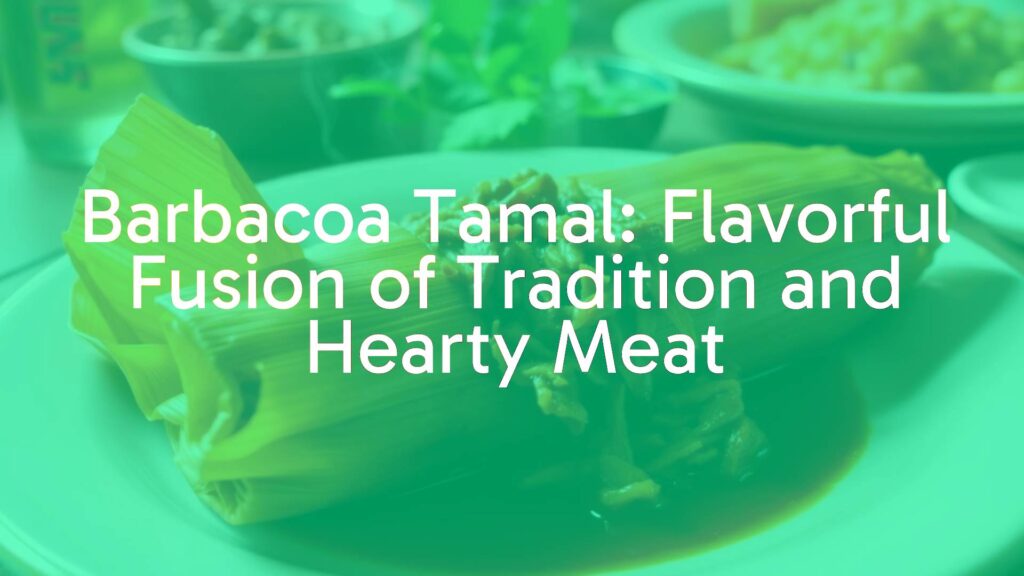Discovering the Barbacoa Tamal
The barbacoa tamal stands as a flavorful representation of Mexico’s rich culinary heritage, marrying the time-honored methods of tamal making with the deeply savory essence of barbacoa meat. Known for its satisfying depth of flavor and sumptuous, tender filling, the barbacoa tamal offers a unique twist on classic tamal profiles and is particularly beloved during celebratory meals and weekend gatherings.
Distinctive Features and Preparation
What distinguishes a barbacoa tamal from others is its substantial core of shredded barbacoa—a slow-cooked meat traditionally prepared in underground pits. The most common version uses lamb or beef, marinated with chiles, spices, and aromatic herbs. This meat is nestled within a fluffy, mildly seasoned masa dough, then wrapped in corn husks and steamed until everything melds together. The resulting tamal boasts a mouthwatering aroma, tender texture, and a savory bite with hints of earthiness and spice from the barbacoa filling.
Historical and Regional Context
Originating from the central and southern regions of Mexico, where barbacoa holds cultural and festive importance, the barbacoa tamal represents a synthesis of pre-Hispanic culinary practices and Spanish-influenced cooking techniques. Tamales themselves date back centuries as portable, hearty meals, but the addition of barbacoa exemplifies a celebratory spirit, often found at markets, fiestas, and family reunions, particularly in states like Hidalgo, Tlaxcala, and parts of Mexico City.
Key Ingredients and Core Elements
At its heart, the barbacoa tamal features:
- Masa (corn dough), made from nixtamalized corn, providing softness and a subtly sweet foundation.
- Barbacoa-style meat, typically lamb or beef—rich, juicy, and deeply seasoned.
- Herbs such as avocado leaves or maguey, often used to enhance the aromatic profile during steaming.
- Corn husks, which impart gentle flavor notes while protecting the tamal during cooking.
Variations and Ingredient Adaptations
Though lamb is traditional, many cooks substitute beef, goat, or even pork, depending on availability and regional preference. In some contemporary kitchens, shredded chicken with barbacoa-style marinade provides a lighter option. Vegetarian adaptations are rare but possible, usually featuring mushrooms and hearty beans seasoned in barbacoa spices. The spiciness of the barbacoa filling can vary considerably, ranging from subtly smoky to boldly piquant, influenced by the mix and quantity of dried chiles used.
Serving Suggestions and Pairings
Barbacoa tamales are best enjoyed warm, often accompanied by tangy salsas—such as salsa verde or a smoky roasted tomato salsa—and a squeeze of fresh lime. They pair beautifully with traditional sides like nopales, pickled vegetables, or simply a cup of rich, aromatic atole or Mexican hot chocolate. For festive weekend breakfasts or brunches, they are sometimes served alongside consomé, a savory broth made from the barbacoa cooking juices, perfect for dipping and savoring every bite.
Cultural Significance and Enjoyment
The barbacoa tamal is much more than a meal; it’s a celebration of the communal spirit, bringing together friends and family for a shared culinary experience. Its robust flavor profile, sumptuous texture, and historical resonance make it a cherished dish in Mexican homes and restaurants alike, serving as a delicious reminder of the country’s enduring traditions and creative culinary evolution.

